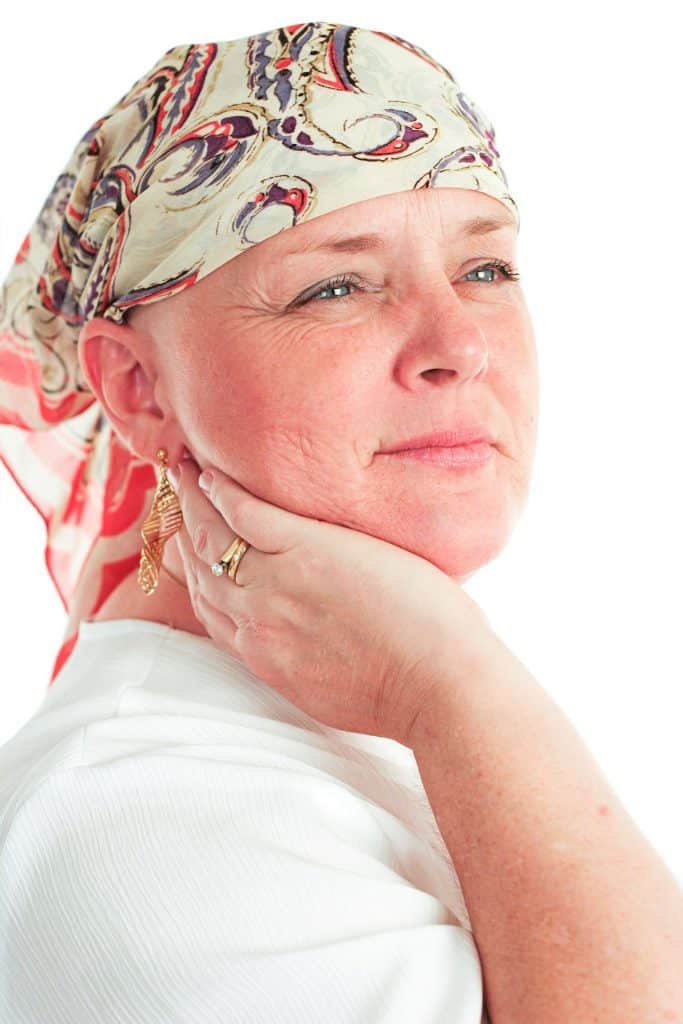

 Want to earn continuing education credit for this article? Learn more.
Want to earn continuing education credit for this article? Learn more.
If you were a graduate of massage school 10 or more years ago, you were probably told that in no way shape or form were you to massage a client with an active case of cancer. There may have been individual instructors or fellow massage therapists who spoke quietly of the possible benefits, but it was all done quietly and behind closed doors.
The claims of massage therapists and even clients who say they had benefited from massage had been considered purely anecdotal when it came to cancer. There was a fear among medical professionals, who knew little about massage therapy, that hands-on body work might spread cancer, impede healing, or interfere with treatment.
Yet, despite misgivings, many massage therapists persevered and began to study the effects of massage on cancer patients. Today, according to the Society for Oncology Massage, there are at least 140 hospitals in 38 states and the District of Columbia incorporating oncology massage into their contemporary treatments as well as offering training. This includes such well-known facilities as the Dana Farber Cancer Institute, several locations within the University of California Medical Centers, Johns Hopkins Breast Cancer Center and Memorial Sloan Kettering Cancer Center.
One of the first publications addressing massage therapy for cancer was Medicine Hands by Gayle MacDonald, originally published in 1999; it was updated in 2014 to reflect the changing attitudes towards hands-on bodywork and new protocols.
Who Should Offer Oncology Massage?
Most medical professionals agree that only someone trained specifically in oncology massage should work on patients with cancer. The training offered is not about learning new strokes or techniques, but about the pathology of cancer itself and how methods already known by a massage therapist can be used and adapted in the presence of cancer, its treatment (such as chemotherapy and radiation), how the patient is affected and how massage may help during the recovery and remission stages. This education and training is beyond the scope of basic training in most massage schools in the United States, but introductory material may be available in continuing education courses with more specific instruction, including hands-on internships, being given in hospitals or other facilities around the country.
What Is Oncology Massage?
Oncology massage is massage therapy that has been adapted for use for those with cancer or in recovery after traditional cancer treatment. The time frame can range from the onset of discovery of cancer, through remission to good health, or continuing in hospice settings as a part of palliative care. Most massage therapy could be considered to be using pretty much the same techniques on everyone with some personalization because of body size, specific aches and pains, client preference and/or massage therapist specialization. For example a pregnant woman would receive a different style of massage than someone who is recovering from running a marathon, but basic strokes and considerations would be similar.
With oncology massage there are additional concerns, including the effects of radiation and chemotherapy, medications, surgeries, catheters, shunts, pumps or other inserted devises, and overall stamina of the client. Further concerns would include a depression of the client’s immune system and a vulnerability to such things as bacterial pneumonia or fungal infections. The massage therapist wanting to work on cancer patients needs to know how these all affect the client and how various massage techniques could help, hinder or intensify these issues.
Another difference, as compared to standard procedures, is that the massage therapist should work closely with the client’s oncology team, exchanging SOAP notes, with all sides being informed as to what each is doing, experiencing and providing.
How Does Massage Help Cancer Patients?
When used according to current protocols massage can help in many ways. The first thing to do though, before proceeding with any massage therapy, is to get clearance from the client’s oncology team.
Second, find out more about the type of cancer the client has, where the client is with regard to treatment phase and projected outcome.
Third, conduct a thorough intake. It is advisable to have a form specially designed for use with cancer patients. (If you work in a hospital this may be provided for you.) This will help determine the type of massage as well as the duration of massage based on the client’s diagnosis, comfort level and depth of pressure tolerance. The client receiving cancer treatment often becomes highly sensitive to touch or experiences itching, burning or tingling sensations. These will all influence the technique and length of time considered for a massage session.
Massage therapy is not a cure for cancer, but it can help with side effects. According to MacDonald, “By making the right adjustments, massage can be given at nearly every stage of cancer treatment… Skilled touch provides comfort, connection, or distraction. It offers support during medical procedures … Fatigue can be alleviated or wholeness regained.” The one exception for receiving any kind of hands-on bodywork is during radiation therapy, at which time the client’s body becomes radioactive.
The diagnosis and treatment of cancer can be a devastating experience. Though there are treatments and even cures for many cancers, the conventional medical treatment has, in the past, not addressed the patient’s emotional needs. Often those around the patient diagnosed with cancer do not want to touch them wither for fear of hurting them or coming in contact with the disease. As many studies over the years have shown, touch is an important aspect of healing. It has been shown to improve immune system functionality, reduce stress and fatigue, alleviate depression and anxiety, as well as improve overall self image.
If you are considering getting into the field of oncology massage, look into taking some continuing education courses to get an understanding of what is involved. If you feel drawn to it get in touch with other qualified massage therapists and consider training or doing an internship with a hospital near you that offers massage as part of an overall treatment plan for their patients with cancer.
Earn continuing education credit for this article contained in our Common Pathologies & Complaints series. Click here to enroll.
Recommended Study:
Cancer & Massage
Hospice-Based Massage
Oncology Massage: Fact vs Myth
Touch for the Seriously Ill




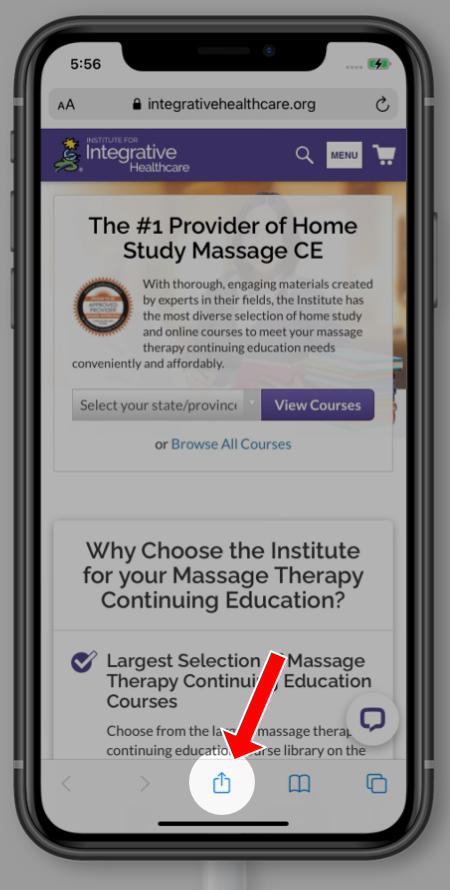
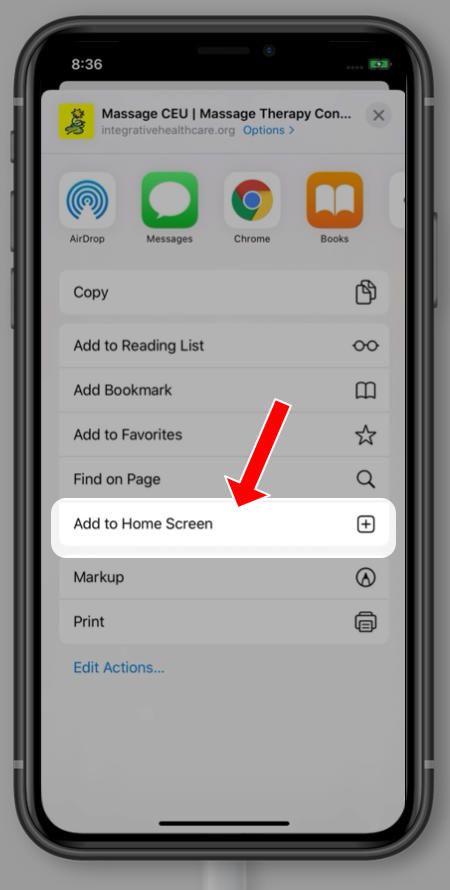

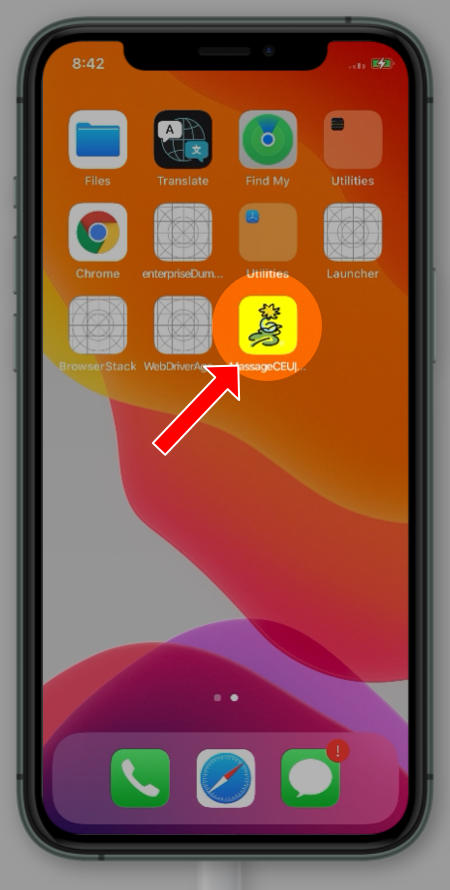
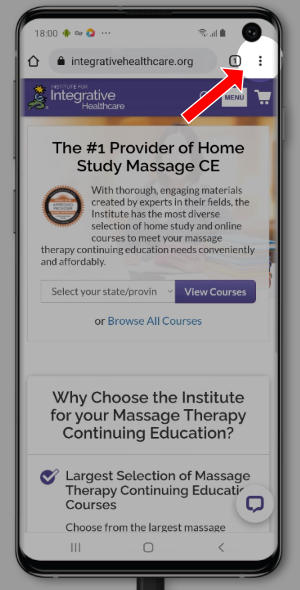
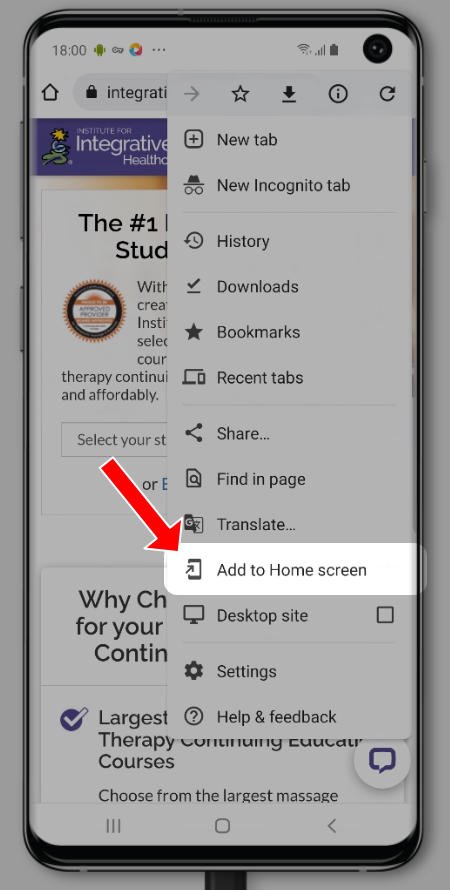
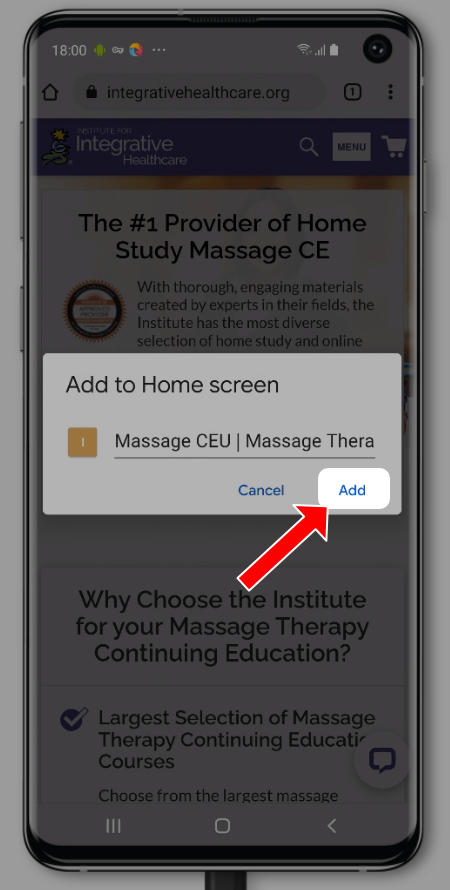
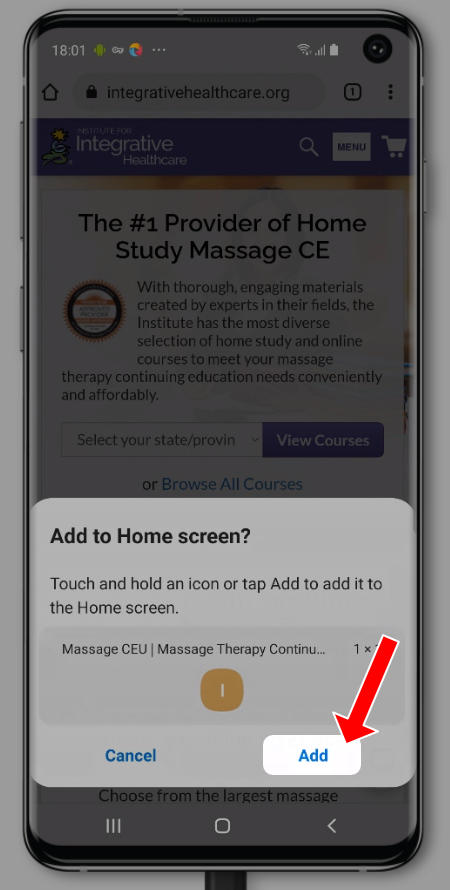
Please elaborate on radiation treatments making the person radioactive. I did the 10 credit Oncology Massage CEU home study course and do not remember that. I do remember not to do massage work on the radiated area, and not to use lotion.
As a teacher of Oncology Massage at the Colorado School of Healing Arts, I want to respond to Sandy’s question on radiation treatments: External Radiation treatments do not make clients radioactive. Sandy is correct that avoiding the entrance and exit areas of the radiated area and avoiding lotion is the protocol. External radiation is the most common form of radiation treatments. Some internal radiation treatments will make the client mildly radioactive for a short period of time, but even so the client may receive oncology massage with their Dr.s approval and as long as the massage therapist is taking appropriate precautions.
As a teacher of Oncology Massage at the Colorado School of Healing Arts, I want to respond to Sandy’s question on radiation treatments: External Radiation treatments do not make clients radioactive. Sandy is correct that avoiding the entrance and exit areas of the radiated area and avoiding lotion is the protocol. External radiation is the most common form of radiation treatments. Some internal radiation treatments will make the client mildly radioactive for a short period of time, but even so the client may receive oncology massage with their Dr.s approval and as long as the massage therapist is taking appropriate precautions. Oncology Massage is an important field and as baby boomers age more of our clients may receive a diagnosis of cancer. Accurate training and information is essential. The Society for Oncology Massage recommends 24 or more hours of advanced (foundational) training with a hands on component in order to do ongoing work with cancer patients. As Gayle MacDonald confirms in the 3rd edition of Medicine Hands (c) 2014, gentle skilled touch can be modified to provide great benefits to clients currently in treatment for cancer and for those with ongoing treatment side effects once they are cancer-free.
As a massage therapist practicing medically-based therapeutic massage (of short duration) in multi-disiplinary practices, I am really interested in this information! While it just so happens that a) I am recuperating from an injury and cannot perform massage at the moment, and b) my mother was just diagnosed with cancer, I am curious about the area of oncology massage and already have had some experience with a few cancer patients and survivors in the course of my career. I have been asked to continue or start therapy with cancer patients privately outside of work, but I was always sure to explain that I am not trained in this modality, and the very requirements and contraindications you stated as needed to do so have always been in the forefront of my communications. But I really would like to have explained the exact reason why you do not use lotion. In my experience, I often use nothing at all, and have direct contact with the skin and soft tissues for the medical massage techniques, and occasionally use very minimal lotion or cream (depending on situation) but never oil, so this is really relevant to me. I would like to look into perhaps furthering my studies to include oncology massage, if I am able, and to work in a hospital environment, in some capacity. It would be of immense value to me if I could even help my own mother, if appropriate. I thank you kindly for any information you provide.
Hi Teresa, Oncology massage therapists avoid using massage lotion on or near the external radiation entrance and exit sites for two reasons: 1) Some lotions may interfere with the radiation beam. 2) the compromised skin in these areas may be sensitive to ingredients in the lotion and become more irritated. Cancer patients may be given lotions by their Oncologist that are appropriate for personal use on the compromised areas.
Wow, thank you for your explanations! I haven’t encountered these situations yet in my experience, but this information is invaluable. I will now surely look into learning more about Oncology Massage! THANK YOU AGAIN!
Hi Teresa, Hope you are soon recovered from your injury and are able to support your mother through her cancer process. There are many avenues for training in Oncology Massage and recently we are blessed with many excellent books especially those by Gayle MacDonald and Tracy Walton. Check out the Colorado School of Healing Arts and Society for Oncology Massage websites for more information on training. The Institute for Integrative Healthcare has an online course that uses Gayle’s book as an introduction to this work.
Thanks for your response Kris. I work at Valley View Hospital/Calaway Young Cancer Center in Glenwood Springs Colorado. Our Integrated Therapies Dept is continually growing. Seeing that you teach in CO I am interested to talk to you about possible employment recruitment of your students. My e-mail at work is SHABER@VVH.ORG (that’s V V H, not W H) If you are interested please e-mail me your contact info 🙂